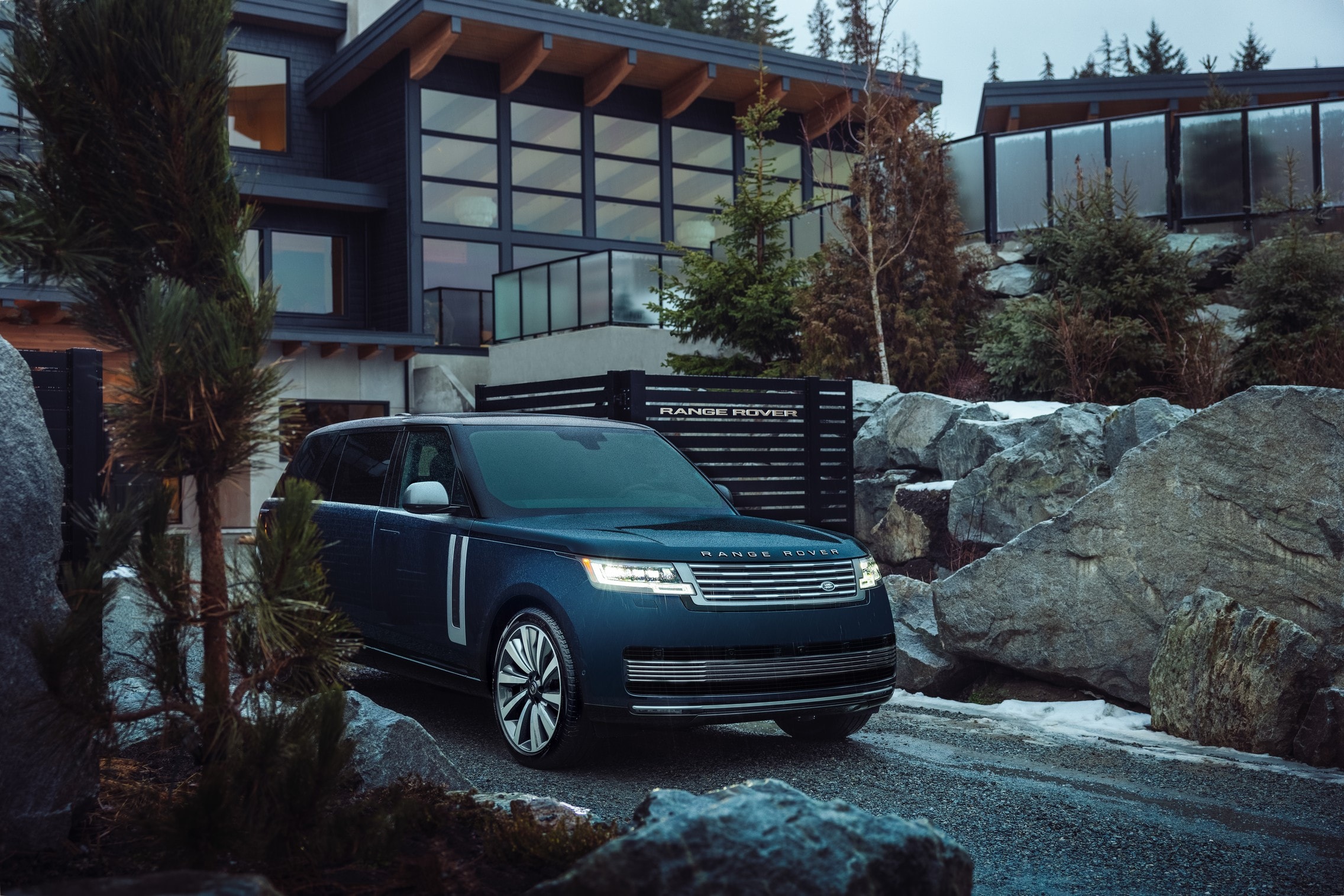The inception of the Range Rover dates back to 1970 when British automaker Land Rover introduced a model that redefined luxury off-road vehicles. Initially conceived under British Leyland, the Range Rover wasn’t envisioned as the premium SUV it is today, but its evolution over five generations has increased it to iconic status alongside legends like the Mercedes-Benz G-Class and Toyota Land Cruiser.
Today, the Range Rover lineup spans various models, each catering to different preferences and needs. The base Range Rover starts at $107,400 and can exceed $234,000 for the SV variant with a 606-horsepower V8 and extended wheelbase. The Range Rover Sport, priced from $83,600, offers up to 626 horsepower in the SV Edition One.
![]()
In the compact luxury crossover SUV segment, Land Rover offers the Velar and Evoque, priced around $61,000 and below $50,000, respectively. While all models deliver opulence, comfort, and off-road capability, none replicate the utilitarian nature of the original Range Rover, designed for rugged adventures and farm work.
Enter Ovitu, an automotive artist from Sao Paulo, Brazil, who conceived a novel solution: a fifth Range Rover line in the form of a pickup truck. This imaginative project blends elements from the Velar with mid-size pickup truck aesthetics.
While details on the powertrain remain speculative, the notion of a frame-ladder chassis-based Range Rover pickup boasting a 626-horsepower V8 engine sparks excitement. However, there are difficulties in the competitive market, which is controlled by reliable models like the Toyota Tacoma and Ford Ranger.
For Land Rover, the focus remains on luxury, which is evident in recent introductions like the Range Rover Sport Park City and Range Rover SV Arete editions. The brand’s commitment to refinement and innovation ensures the Range Rover family continues to thrive in diverse markets.

